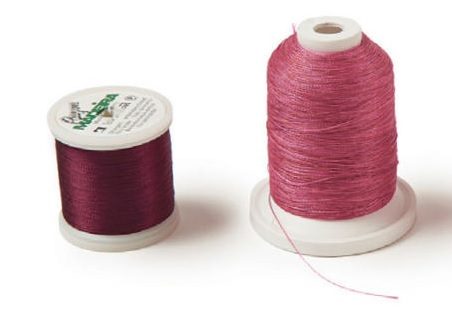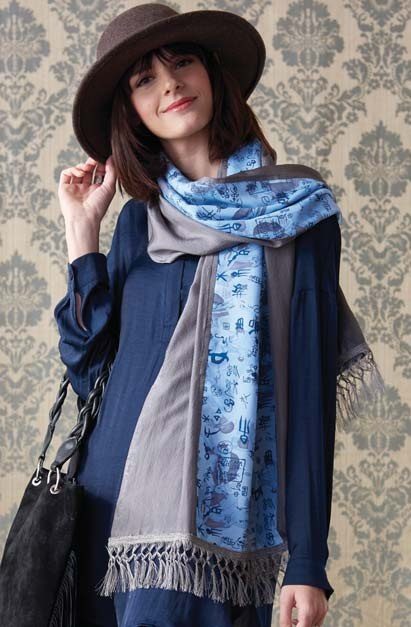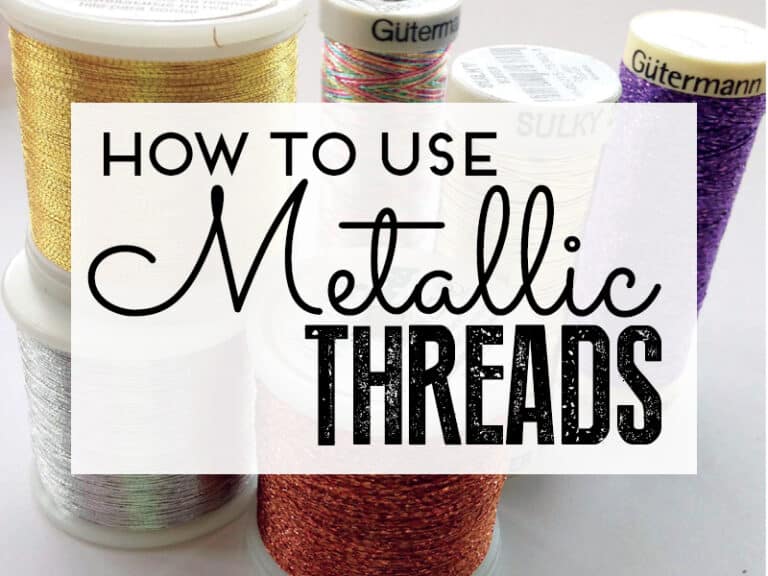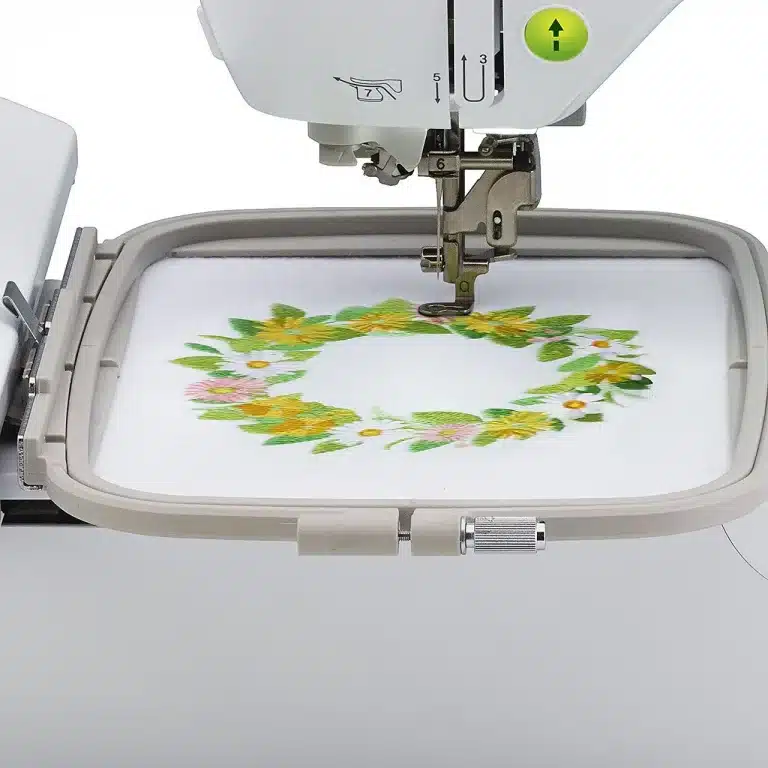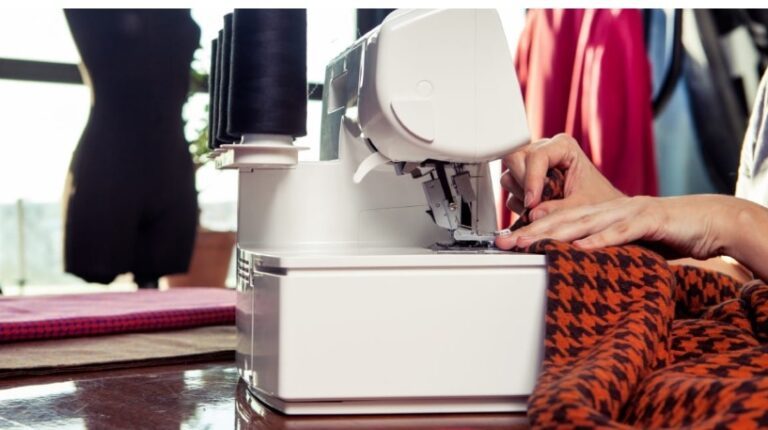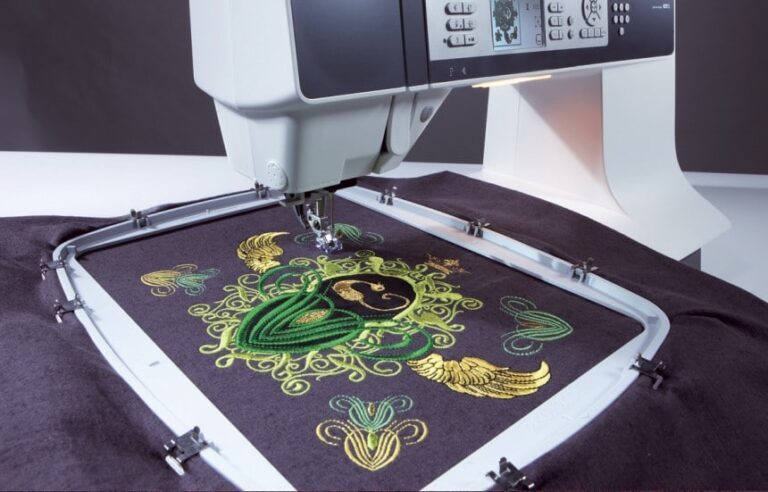Satin vs fill stitch in machine embroidery
Machine embroidery is a popular and versatile form of decoration that can be used to personalize various items, such as clothing, accessories, home décor, and much more. Satin and fill stitches are two of the most common types of stitches used in machine embroidery. Understanding the differences between these stitches can help you choose the best option for your project. In this article, we will explore the differences between satin and fill stitches in machine embroidery.
Satin Stitch
Satin stitch is a type of embroidery stitch that is commonly used to create lines, curves, and other shapes in machine embroidery. It is a dense stitch that is made up of closely spaced parallel lines, and it gives a smooth, satin-like appearance to the design. Satin stitch is usually used for lettering, outlining, and small details in embroidery designs.
Satin stitch is created by using a zigzag stitch that is close together, and the angle of the stitch determines the density of the satin stitch. The closer the stitches, the denser the satin stitch will be. Satin stitch can be used in different directions, such as horizontally, vertically, or diagonally, depending on the desired effect.
One advantage of using satin stitch is that it gives a clean and professional look to the embroidery design. It also covers the fabric completely, leaving no gaps or spaces. Satin stitch is ideal for smaller designs with intricate details, as it allows for more precision and accuracy.
Fill Stitch
Fill stitch, also known as tatami stitch, is a type of embroidery stitch that is commonly used to fill large areas in machine embroidery. It is a solid, closely spaced stitch that creates a flat, smooth surface on the fabric. Fill stitch is usually used for backgrounds, larger shapes, and images in embroidery designs.
Fill stitch is created by using straight stitches that are close together and run in parallel lines. The direction of the stitches can be horizontal, vertical, or diagonal, depending on the desired effect. Fill stitch can be used with a single color or multiple colors, creating a shaded or gradient effect.
One advantage of using fill stitch is that it covers large areas quickly and efficiently, making it ideal for larger designs. It also creates a sturdy and durable surface that can withstand wear and tear. Fill stitch can be used in combination with other stitches, such as satin stitch, to create a more complex design.
Satin Stitch vs Fill Stitch
While both satin stitch and fill stitch are used in machine embroidery, there are some key differences between the two stitches. The main differences include:
-
Satin stitch is used for smaller designs and details, while fill stitch is used for larger designs and backgrounds.
-
Satin stitch is a dense stitch made up of closely spaced parallel lines, while fill stitch is a solid stitch made up of straight stitches that are close together.
-
Satin stitch gives a smooth, satin-like appearance, while fill stitch creates a flat, smooth surface.
-
Satin stitch is ideal for creating curves and intricate details, while fill stitch is ideal for creating solid shapes and backgrounds.
-
Satin stitch is usually used in combination with other stitches, such as fill stitch, to create a more complex design.
Satin Stitch vs Fill Stitch
While both satin and fill stitches are commonly used in machine embroidery, they each have their own unique characteristics and benefits. Here are some key differences between the two stitches:
-
Satin stitches are ideal for creating crisp and precise lines, while fill stitches are best suited for filling in large areas.
-
Satin stitches are often used for lettering and outlining, while fill stitches are commonly used for backgrounds and textures.
-
Satin stitches require more thread than fill stitches, making them more expensive and time-consuming.
-
Satin stitches are best suited for embroidering on smooth and shiny fabrics, while fill stitches are better suited for heavy or textured fabrics.
-
Satin stitches create a polished and refined look, while fill stitches create a more rustic or textured look.
Tips for Using Satin and Fill Stitches
Here are some tips for using satin and fill stitches in machine embroidery:
-
Use a stabilizer to prevent puckering and distortion of the fabric when embroidering with satin or fill stitches.
-
When using satin stitches, use a lighter weight thread and a smaller needle to create a smooth and polished finish.
-
When using fill stitches, choose a pattern and density that complements the design and fabric.
-
Experiment with different stitch lengths and widths to achieve the desired effect.
Related Posts
Discover relevant articles, tutorials, and tips to improve your skills and explore new techniques.
Stay inspired and connected to our embroidery community.
